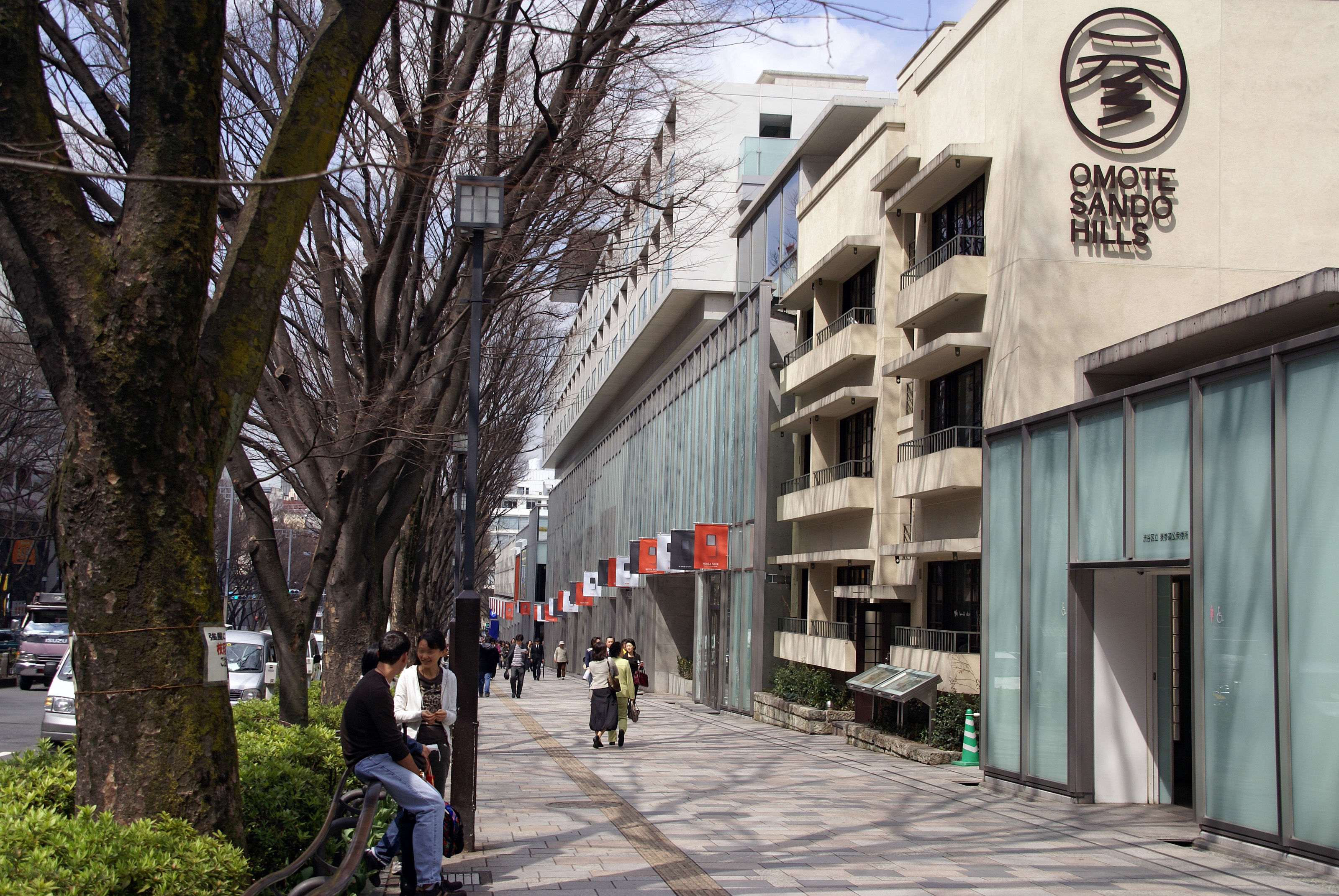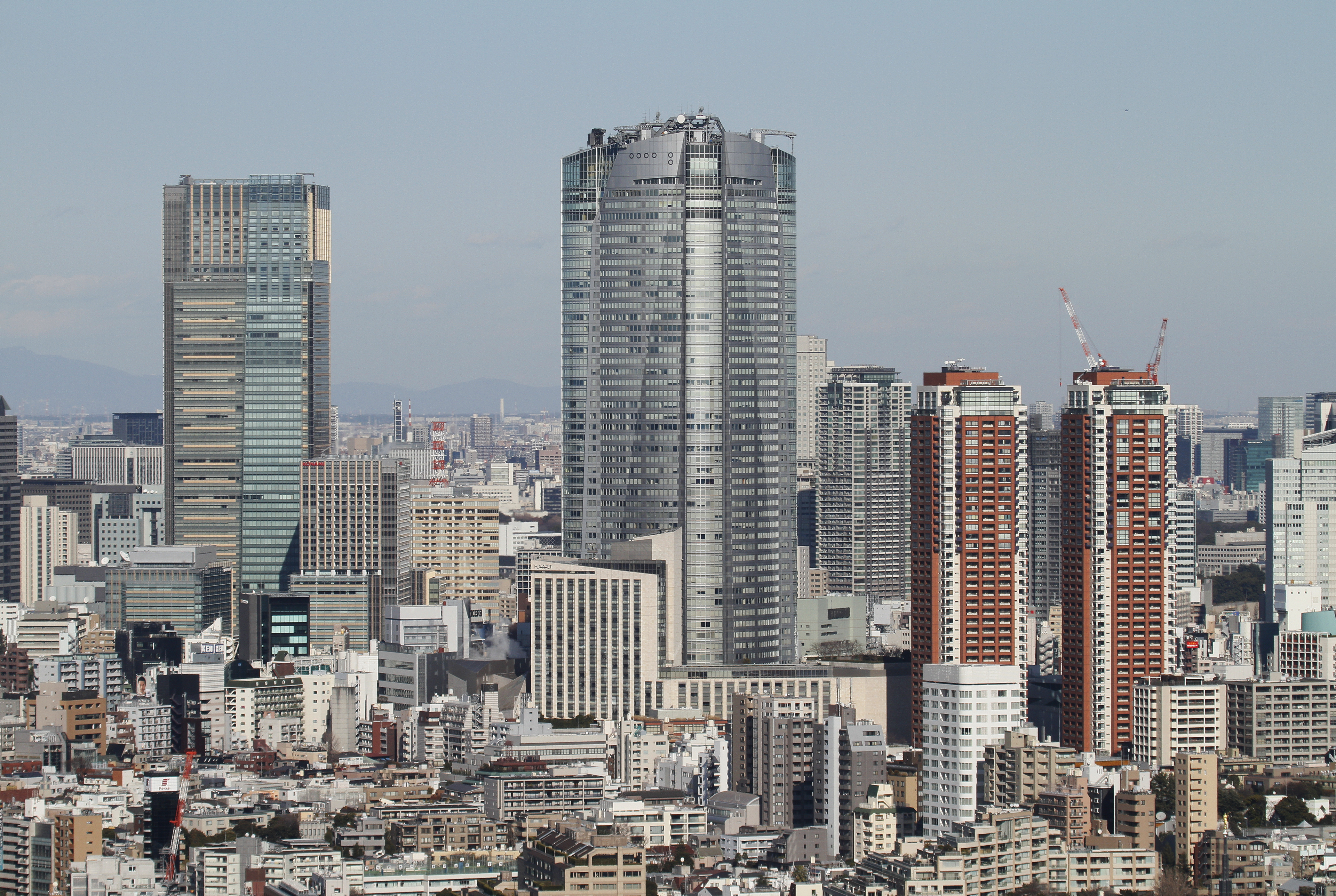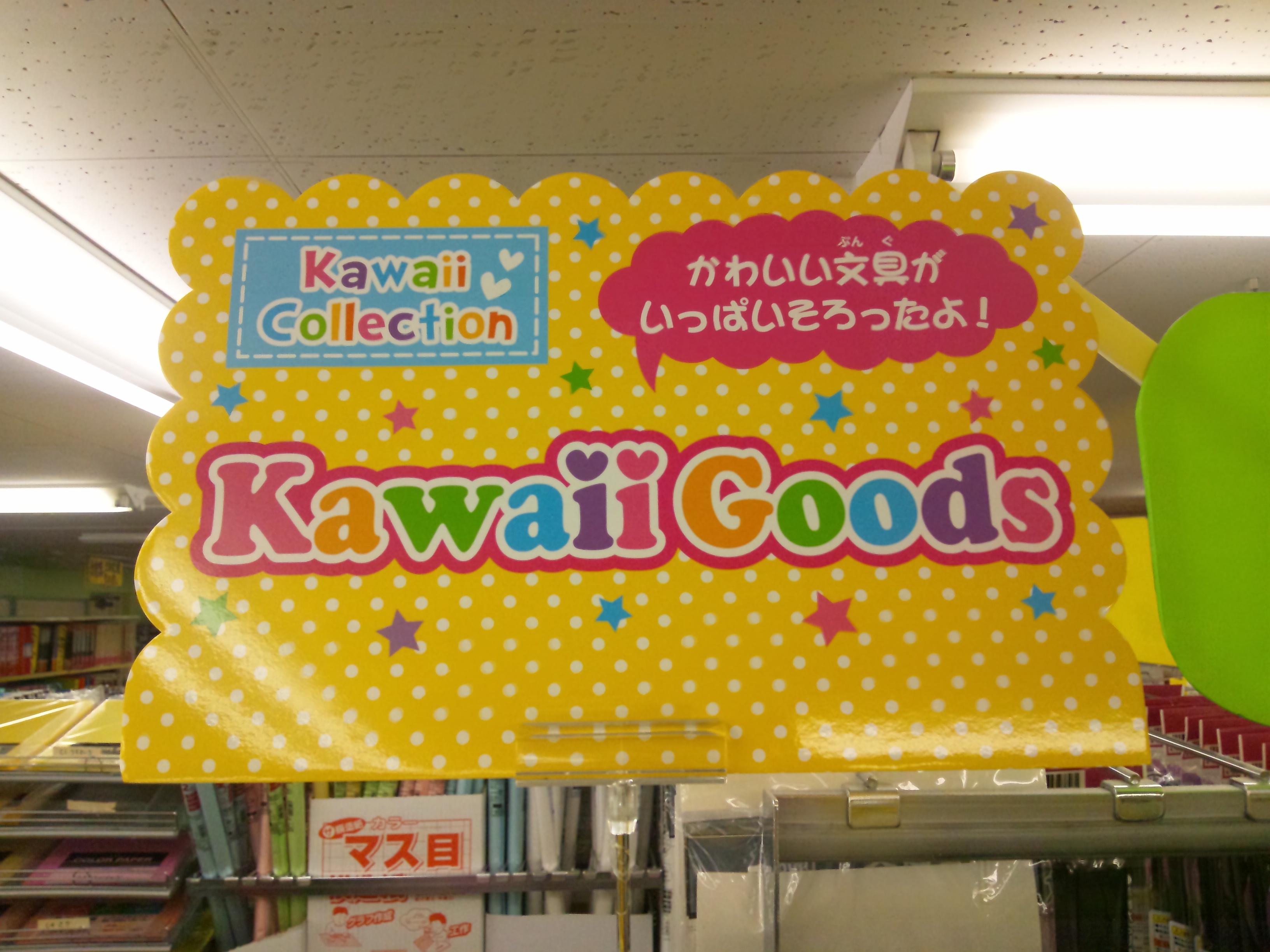|
Zoku
is a Sino-Japanese term meaning tribe, clan, or family. As a suffix it has been used extensively within Japan to define subcultural phenomena, though many zoku do not acquire the suffix (e.g. cosplay). A ''zoku'' may be labeled with a Japanese stem (e.g. ''kaminari zoku'') or a foreign language (gairaigo) stem (e.g. ''saike zoku'', where ''saike'' comes from "psychedelic"). As with the usual practice elsewhere, subcultures in Japan have almost certainly been labeled by an outsider to the group, often an influential person in the media. Historic groups labeled as zoku 1950s/60s Subcultures that emerged in the early post-war decades include the "motorcycle-riding Thunder Tribe (''kaminarizoku''), the amplified-music-loving Electric Tribe (''erekizoku''), and the Psychedelic Tribe (''saikezoku'')." Although ''zoku'' was applied to others in society, like senior citizens, salarymen, and political activists (e.g. Uyoku dantai), it was mostly used to label youth subcultures. ... [...More Info...] [...Related Items...] OR: [Wikipedia] [Google] [Baidu] |
Takenoko-zoku
Takenoko-zoku (竹の子族, lit. "bamboo shoot tribe") describes a type of dance group active from the mid-1970s to the mid-1980s in Tokyo, especially in Harajuku. The teenagers, mainly girls but often with one boy leading, were colorfully dressed and danced in a distinctive style on the sidewalk to music from stereos. To an extent, they were precursors to the gyaru groups that would eventually arise in the 90s. A performance of a takenoko-zoku group can be seen in Chris Marker's film ''Sans Soleil ''Sans Soleil'' (; "Sunless") is a 1983 French documentary film directed by Chris Marker. It is a meditation on the nature of human memory, showing the inability to recall the context and nuances of memory, and how, as a result, the perception of ...''. Notes External links Takenoko-zoku photos Performing arts in Japan Shibuya {{Japan-culture-stub ... [...More Info...] [...Related Items...] OR: [Wikipedia] [Google] [Baidu] |
Uyoku Dantai
refers to Japanese ultranationalist far-right activists, provocateurs, and internet trolls (as ''netto-uyoku'') often organized in groups. In 1996 and 2013, the National Police Agency estimated that there were over 1,000 right-wing groups in Japan with about 100,000 members in total. Philosophies and activities are well known for their highly visible propaganda vehicles, known as . The vehicles are usually black, khaki or olive drab, and are decorated with the Imperial Seal, the flag of Japan and the Japanese military flag. They are primarily used to stage protests outside organizations such as the Chinese, Korean or Russian embassies, Chongryon facilities and media organizations, where propaganda (both taped and live) is broadcast through their loudspeakers. They can sometimes be seen driving around cities or parked in busy shopping areas, broadcasting propaganda, military music or , the national anthem. The Greater Japan Patriotic Party, supportive of the US–Japan&n ... [...More Info...] [...Related Items...] OR: [Wikipedia] [Google] [Baidu] |
Season Of The Sun
is a Japanese novel written in 1955 by Shintaro Ishihara, who later became a politician and was governor of Tokyo for 13 years from 1999 to 2012. It is the source of the name of the rebellious taiyōzoku () youth culture which emerged after World War II. The novel won the 1956 Akutagawa Prize. In 2012, it inspired the name of Ishihara's short-lived national political party, the Sunrise Party (''Taiyō no Tō'').Daily Yomiuribr>Party named after Ishihara's novel November 15, 2012 Plot Tatsuya Tsugawa, a college student who enjoys boxing, meets Eiko when he and his friends pick up some girls. Tatsuya and Eiko start casually dating, and he finds himself emotionally attracted to her, declaring his love by poking a hole through a shoji screen with his penis. Eiko, who is "determined to take from men and give nothing in return", reacts to his love with reticence. One night, while sailing on Tatsuya's boat, the couple makes passionate love, awakening Eiko's feelings for him. After t ... [...More Info...] [...Related Items...] OR: [Wikipedia] [Google] [Baidu] |
Hanako (magazine)
''Hanako'' is a Japanese biweekly magazine for young women. History and profile ''Hanako'' was first published in 1988. The magazine was established by Magazine House which also publishes it. The headquarters is in Tokyo. It features shops, fashion, restaurants and theaters in Tokyo and abroad. The target audience is women in their 20s, who are often working as " office ladies" and are unmarried, living with their parents and with a large disposable income and savings. ''Hanako'' has been very influential and is often referred to as a style bible. Businesses featured in the magazine has seen a wave of customers, in Japan and abroad. Its readers and their likes are referred to as ''Hanako-zoku'' (literally ''"Hanako tribe"''), the original readership were called the ''Hanako generation'' and their perceived irresponsibility is called ''Hanako syndrome''. ''Hanako'' is published exclusively in the Tokyo metropolitan area. ''Hanako West'' covers the Kansai region with Osaka, Kobe an ... [...More Info...] [...Related Items...] OR: [Wikipedia] [Google] [Baidu] |
Greaser (subculture)
Greasers are a youth subculture that emerged in the 1950s and early 1960s from predominantly working class and lower-class teenagers and young adults in the United States. The subculture remained prominent into the mid-1960s and was particularly embraced by certain ethnic groups in urban areas, particularly Italian Americans and Latino Americans. History Etymology of the term greaser The etymology for the term ''greaser'' is unknown. It is speculated that the word originated in the late 19th century in the United States as a derogatory label for poor laborers, specifically those of Italian, Greek or Mexican descent. The similar term "greaseball" is a slur for individuals of Italian or Greek descent, though to a lesser extent it has also been used more generally to refer to all Mediterranean, Latino, or Hispanic people. By the time of the Civil War, the word was understood to carry racist and segregationist meanings. It was later used to reference automotive mechanics. It w ... [...More Info...] [...Related Items...] OR: [Wikipedia] [Google] [Baidu] |
Rocker (subculture)
Rockers, leather boys, Ton-up boys,14 February 1961, ''The Daily Express'' (London) and possibly café racers are members of a biker subculture that originated in the United Kingdom during the 1950s. It was mainly centred on British motorcycles and rock 'n' roll music. By 1965, the term ''greaser'' had also been introduced to the UK,greaser, n. ''Oxford English Dictionary''. 2nd ed. (1989); online version December 2011. and, since then, the terms ''greaser'' and ''rocker'' have become synonymous within the British Isles although used differently in North America and elsewhere. Rockers were also derisively known as ''Coffee Bar Cowboys''. Their Japanese counterpart was called the ''Kaminari-Zoku'' (''Thunder Tribe/Clan/Group'', or ''Thunderers''). Origins Until the post-war period, motorcycling held a prestigious position and enjoyed a positive image in British society, being associated with wealth and glamour. Starting in the 1950s, the middle classes were able to buy inexp ... [...More Info...] [...Related Items...] OR: [Wikipedia] [Google] [Baidu] |
Harajuku
is a district in Shibuya, Tokyo, Japan. Harajuku is the common name given to a geographic area spreading from Harajuku Station to Omotesando, corresponding on official maps of Shibuya ward as Jingūmae 1 chōme to 4 chōme. In popular reference, Harajuku also encompasses many smaller backstreets such as Takeshita Street and Cat Street spreading from Sendagaya in the north to Shibuya in the south. Harajuku is known internationally as a center of Japanese youth culture and fashion. Shopping and dining options include many small, youth-oriented, independent boutiques and cafés, but the neighborhood also attracts many larger international chain stores with high-end luxury merchandisers extensively represented along Omotesando. Harajuku Station on the East Japan Railway (JR East) Yamanote Line and Meiji-jingumae 'Harajuku' Station served by the Tokyo Metro Chiyoda Line and Tokyo Metro Fukutoshin Line also act as gateways to local attractions such as the Meiji Shrine, Yoyogi ... [...More Info...] [...Related Items...] OR: [Wikipedia] [Google] [Baidu] |
Somehow, Crystal
is a Japanese novel by Yasuo Tanaka. Published in magazine form as the winner of the 17th Bungei Prize in 1980, it was also nominated for the Akutagawa Prize, and published in book form by Kawade Shobō Shinsha in 1981. A bestseller shortly after publication, the novel was controversial among contemporary critics for its apparent glorification of luxury consumption and its use of extensive annotations to identify desirable real-world products, brands, services, and locations encountered by the book's fictional characters. Academic critics have since identified ''Somehow, Crystal'' as an early and important example of Japanese postmodern literature. The book has been translated into Korean, German, and English, and a Japanese film adaptation was released by Shochiku in 1981. Plot summary While her boyfriend Jun'ichi is out of town, college student and part-time model Yuri passes the time in Tokyo by shopping for luxury products, visiting affluent neighborhoods, eating expensive ... [...More Info...] [...Related Items...] OR: [Wikipedia] [Google] [Baidu] |
Roppongi
is a district of Minato, Tokyo, Japan, famous for the affluent Roppongi Hills development area and popular night club scene. A few foreign embassies are located near Roppongi, and the night life is popular with locals and foreigners alike. It is in the central part of Tokyo, south of Akasaka and north of Azabu. History The name ''Roppongi'', which appears to have been coined around 1660, literally means "six trees". Six very old and large zelkova trees used to mark the area; the first three were cleared, and the last were destroyed during World War II. Another legend has it that the name comes from the fact that six ''daimyōs'' lived nearby during the Edo period, each with the kanji character for "tree" or a kind of tree in their names. Roppongi was not extensively populated until after the Meiji Restoration, although the area was trafficked for centuries and served as the site of the cremation of Shōgun Tokugawa Hidetada's wife in 1626.Gary CooperGood ol' six trees—the way ... [...More Info...] [...Related Items...] OR: [Wikipedia] [Google] [Baidu] |
Psychedelic Era
The Psychedelic era was the time of social, musical and artistic change influenced by psychedelic drugs, occurring from the mid-1960s to mid-1970s. The era was defined by the proliferation of LSD and its following influence in the development of psychedelic music and psychedelic film in the Western world. Writers who explored the potentials of consciousness exploration in the psychedelic era included Alan Watts, Timothy Leary, Ralph Metzner, and Ram Dass among others; an important journal of the time was ''The Psychedelic Review''. History Origins Throughout the 1950s, mainstream media reported on research into LSD and its growing use in psychiatry, and undergraduate psychology students taking LSD as part of their education described the effects of the drug. ''Time'' magazine published six positive reports on LSD between 1954 and 1959. From the second half of the 1950s, Beat Generation writers like William Burroughs, Jack Kerouac and Allen Ginsberg wrote about and took drug ... [...More Info...] [...Related Items...] OR: [Wikipedia] [Google] [Baidu] |
Ginza
Ginza ( ; ja, 銀座 ) is a district of Chūō, Tokyo, located south of Yaesu and Kyōbashi, west of Tsukiji, east of Yūrakuchō and Uchisaiwaichō, and north of Shinbashi. It is a popular upscale shopping area of Tokyo, with numerous internationally renowned department stores, boutiques, restaurants and coffeehouses located in its vicinity. It is considered to be one of the most expensive, elegant, and luxurious city districts in the world. Ginza was a part of the old Kyobashi ward of Tokyo City, which, together with Nihonbashi and Kanda, formed the core of Shitamachi, the original downtown center of Edo (Tokyo). History Ginza was built upon a former swamp that was filled in during the 16th century. The name Ginza comes after the establishment of a silver-coin mint established there in 1612, during the Edo period. After a devastating fire in 1872 burned down most of the area, the Meiji government designated the Ginza area as a "model of modernization." The governme ... [...More Info...] [...Related Items...] OR: [Wikipedia] [Google] [Baidu] |
Japanese Popular Culture
Japanese popular culture includes Japanese cinema, cuisine, television programs, anime, manga, video games, music, and doujinshi, all of which retain older artistic and literary traditions; many of their themes and styles of presentation can be traced to traditional art forms. Contemporary forms of popular culture, much like the traditional forms, are not only forms of entertainment but also factors that distinguish contemporary Japan from the rest of the modern world. There is a large industry of music, films, and the products of a huge comic book industry, among other forms of entertainment. Game centers, bowling alleys, and karaoke parlors are well-known hangout places for teens while older people may play '' shogi'' or '' go'' in specialized parlors. Since the end of the US occupation of Japan in 1952, Japanese popular culture has been deeply influenced by American media. However, rather than being dominated by American products, Japan localised these influences by appropriat ... [...More Info...] [...Related Items...] OR: [Wikipedia] [Google] [Baidu] |





